London - The World City
With a history stretching back to Roman times, the capital of the United Kingdom is a cultural and financial hub known worldwide for its heritage, famous landmarks and attractions. There is a famous saying by the diarist Samuel Johnson, who wrote in 1777: "When a man is tired of London, he is tired of life, for there is in London all that life can afford." London is now home to nearly 9 million people and is one of the most ethnically diverse and multicultural cities in the world. It is home to many halal restaurants, women-only spas and numerous mosques.
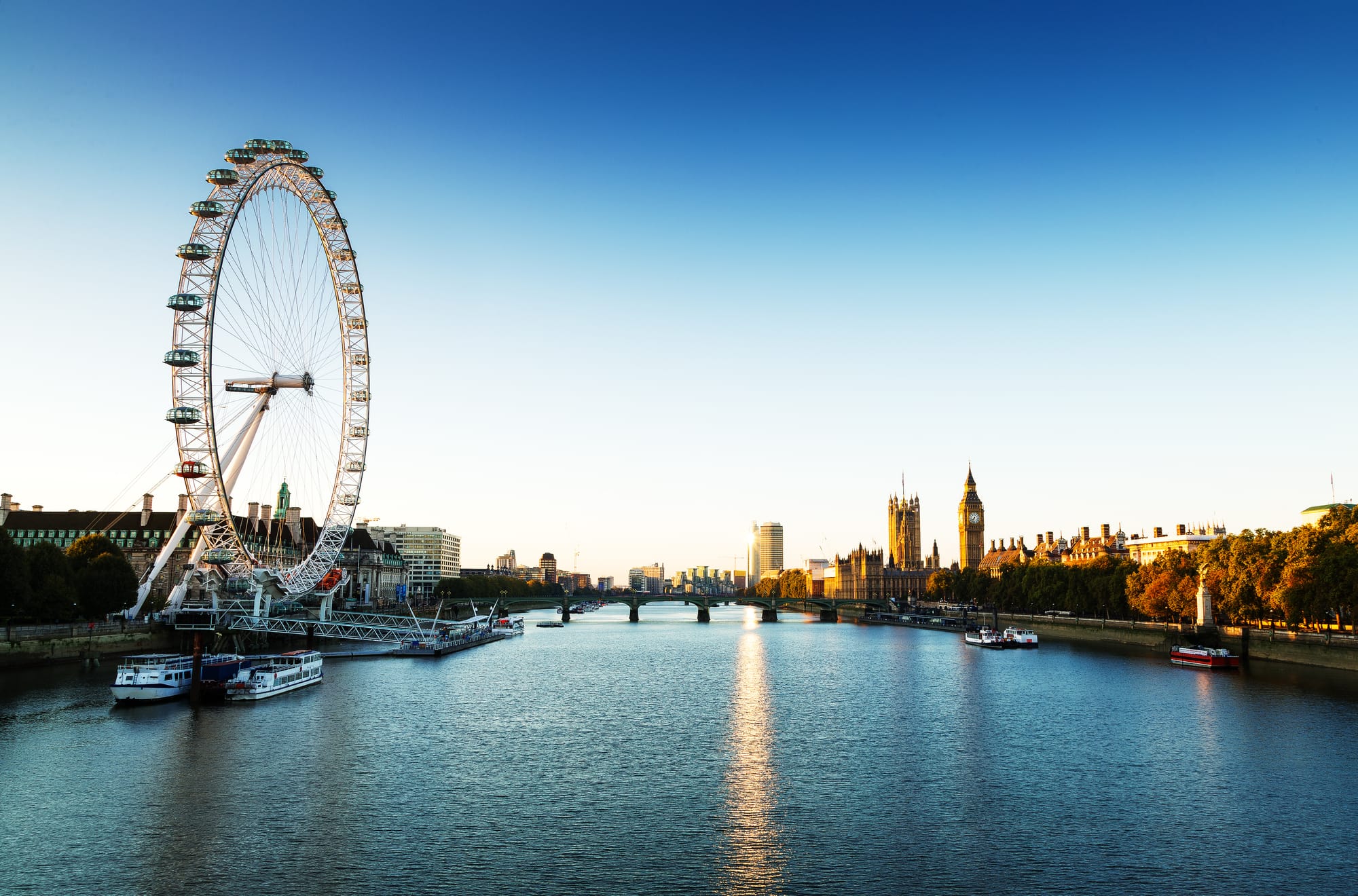
London’s Islamic heritage
Muslims have been in Britain for centuries, with Turkish coffee houses in London as early as the 17th century and strong ties between Elizabeth I and the Ottoman Empire. Large-scale Muslim settlement began in the 18th century, notably with Bengali sailors who worked for the British East India Company. By 1911, the British Empire ruled over 94 million Muslims, compared to 58 million Christians. London's first purpose-built mosque, the Fazl Mosque, opened in 1926 in Southfields. Today, over 1.3 million Muslims live in Greater London, making up over 15% of the city's population, with roots in diverse countries such as India, Pakistan, Bangladesh, Türkiye, and Morocco.
Islamic artefacts in London
Due to the vast reach of the British Empire, many of the world's treasures have found their way to London - some by controversial means - and are now displayed in the city's most prestigious museums and galleries. Here is a list of the most important Islamic artefacts and where you can find them:
- Jameel Gallery of Islamic Art (Victoria and Albert Museum - V&A) - One of the largest, most comprehensive and most respected collections of the Islamic art in the world, it includes more than 400 masterpieces spanning 1000 years of history. Amongst them you can see the V&A Quran, a beautifully illuminated Quran from the 14th century, representing the art of Islamic calligraphy; a Mamluk Glass Lamp, a stunning example of glasswork from the Mamluk period in Egypt, and Ottoman Iznik Tiles from the 16th century.
- Albukhary Foundation Gallery (British Museum) - The Islamic collection shows archaeological material, contemporary art, paintings and vessels, which were produced for royal patrons together with impressive objects from daily life that were made from the 7th century to the present day in the Islamic world from Spain to Southeast Asia. It includes the 16th century Ardabil Carpet, Iznik Pottery from the Ottoman Empire, the Blacas Ewer, a silver-gilt ewer from the 7th century, the Hajj and Pilgrimage Collection and the Mughal Jade Collection.
- The Qur'an Manuscripts Collection (British Library) - The British Library holds an extensive collection of Quranic manuscripts, some of which date back to the 8th century. These include the Ma'il Quran, one of the oldest Quranic manuscripts in existence, written in Hijazi script and dating to the 8th century; the Sultan Baybars’ Quran, a lavishly decorated Quran commissioned by Sultan Baybars in the 14th century, known for its intricate illumination and gold leaf, as well as Persian and Arabic Manuscripts, a collection of manuscripts covering various subjects, including science, literature, and theology, offering insights into the intellectual history of the Islamic world.
- Islamic Arms and Armour (The Wallace Collection) - The Wallace Collection includes a selection of Islamic arms and armour, featuring pieces from the Ottoman Empire, Persia, and Mughal India, including a Mughal Dagger and an Ottoman Yatagan, a distinctive type of sword used in the Ottoman Empire.
Other landmarks that highlight London's Muslim heritage include the 16th-century Turkish cannon in Whitehall, captured by the British Army in Egypt in 1801; and the Houses of Parliament, where you can find out about the first Muslim member of the House of Lords, Lord Stanley (Abdul Rahman), who was appointed in 1869.
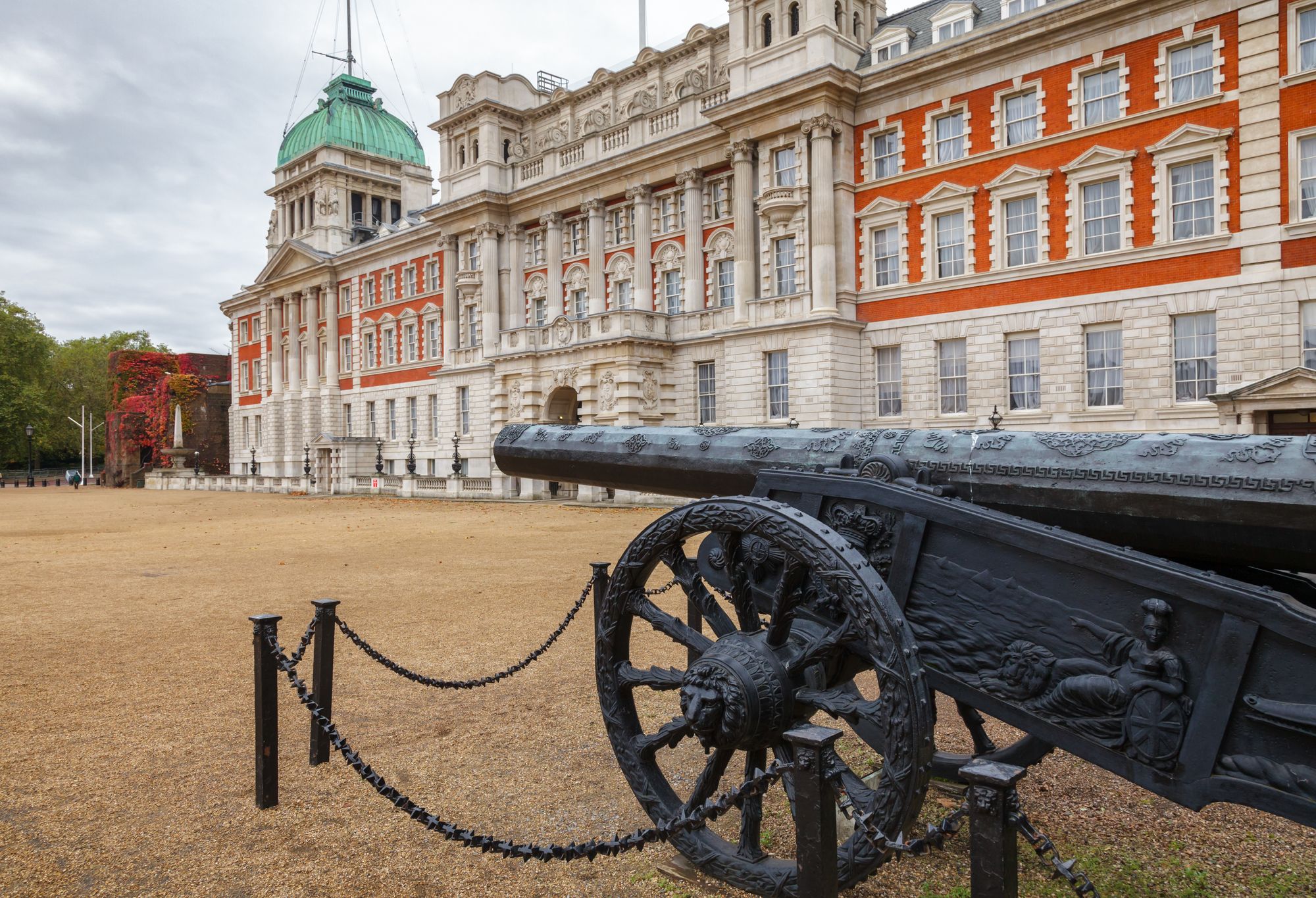
Women-only leisure facilities in London
Due to the UK’s long tradition of single sex facilities combined with London’s significant Muslim population, it is one of the easiest places in Europe to find female-only establishments. Some gyms only admit female members and many leisure centres offer women-only fitness classes, swimming lessons and gym sessions.
Kenwood Ladies' Pond is a natural bathing pond on the beautiful Hampstead Heath. There are also a number of women-only spas in London, such as the historic Porchester Baths, a Turkish Bath in Bayswater in central London which retains many original art deco features and was first opened in 1929. It has steam rooms, hot rooms and saunas and is open on separate days or at separate times for women and men. The CasaSpa is a Moroccan spa on Edgware Road that is only open to ladies. It offers a variety of spa treatments and therapies in an authentic Moroccan ambience.
Top attractions in London
- Big Ben
- Tower Bridge
- Buckingham Palace
- Covent Garden
- Trafalgar Square
- River Thames
- London Eye
- Tower of London
- Houses of Parliament and Westminster Abbey
- Museums
- Harry Potter Platform 9 ¾ at King’s Cross Station
- Regents Park
Big Ben
The iconic Big Ben overlooks Westminster and the River Thames and is perhaps London's most famous landmark and the most famous clock in the world. In fact the name Big Ben is actually the nickname for the largest bell in the clock, responsible for its distinctive chimes. The bell tower has been part of a listed building since 1970 and has been a UNESCO World Heritage Site since 1987.

Tower Bridge
Enjoy panoramic views of London city life from the high walkways with their glass floors, 42 metres above the river. The magnificent Victorian engine rooms house a permanent exhibition of photographs, films and interactive displays about the lives of the people who have kept the bridge running.

Buckingham Palace
A visit to the King's official London residence and the administrative headquarters of the monarch of the United Kingdom is an absolute must. The magnificent State Rooms are open to visitors each summer, and on selected dates during winter and spring. Tickets must be purchased in advance. One of the best-loved London experiences is to watch the iconic Changing the Guard ceremony, which follows a traditional format. It takes place on Mondays, Wednesdays, Fridays and Sundays - weather permitting - from 10.45 am, lasting around 45 minutes. To get a good view you should take your place in front of the palace gates nice and early.

Covent Garden
Once London’s main fruit and vegetable market, Covent Garden has now become one of London's most popular upmarket shopping and entertainment districts with numerous restaurants and boutiques housed in the old market and numerous theatres nearby.
Trafalgar Square
This grand square has Nelson’s Column at its centre, guarded by four magnificent bronze lions and two beautiful fountains. To one side is the imposing building of the National Gallery, home to an impressive collection of Western European paintings. It was named after the British victory at the Battle of Trafalgar in 1805, off the coast of Spain at Cabo de Trafalgar, which itself takes its name from the Arabic Taraf al-gharb meaning ‘cape of the west’.
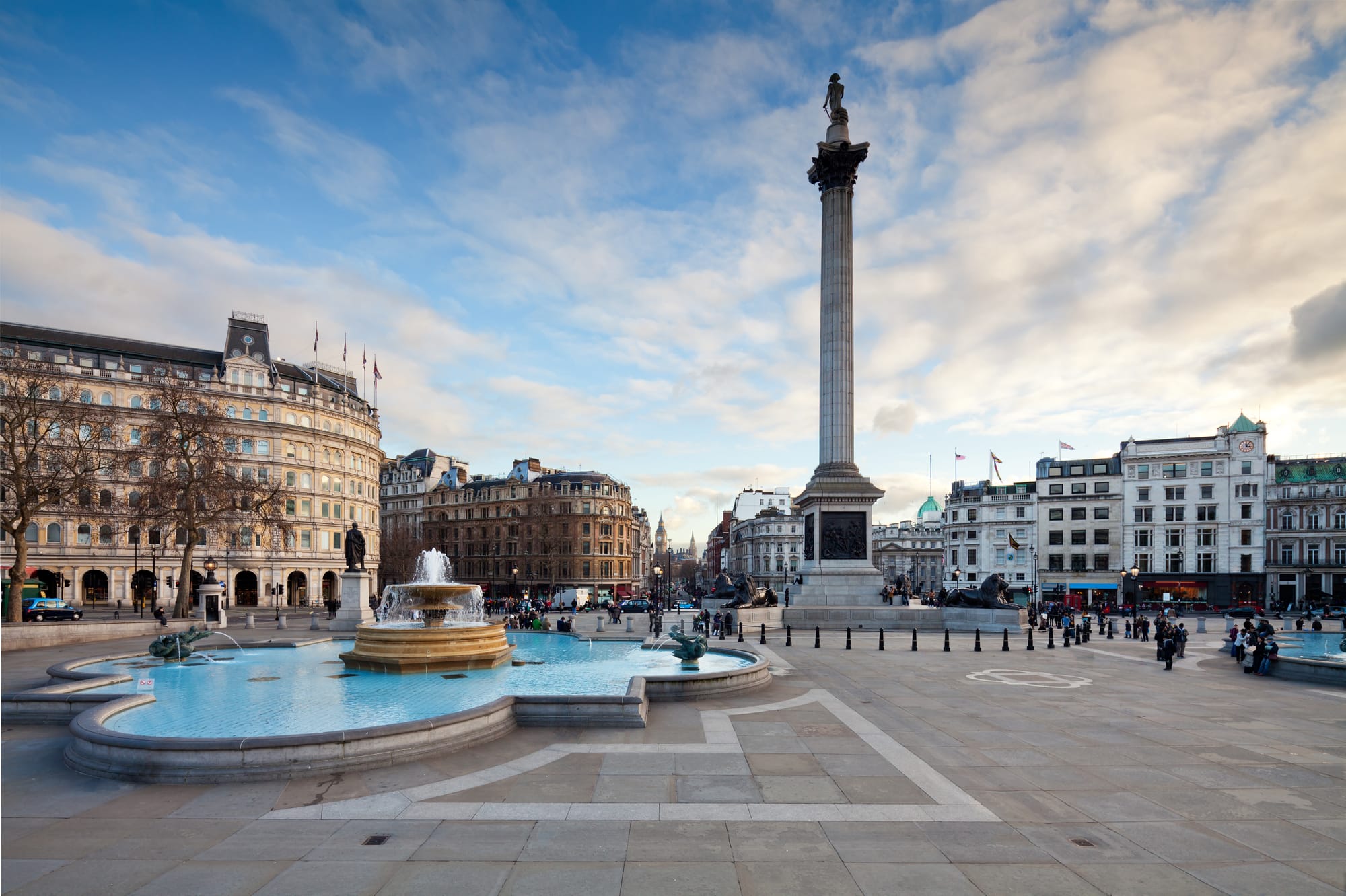
River Thames
The River Thames stretches across the whole of Greater London and is fabled in folklore from centuries gone by. Walk along the South Bank or take a River Thames cruise where you can see some of London’s most famous attractions from a different perspective.
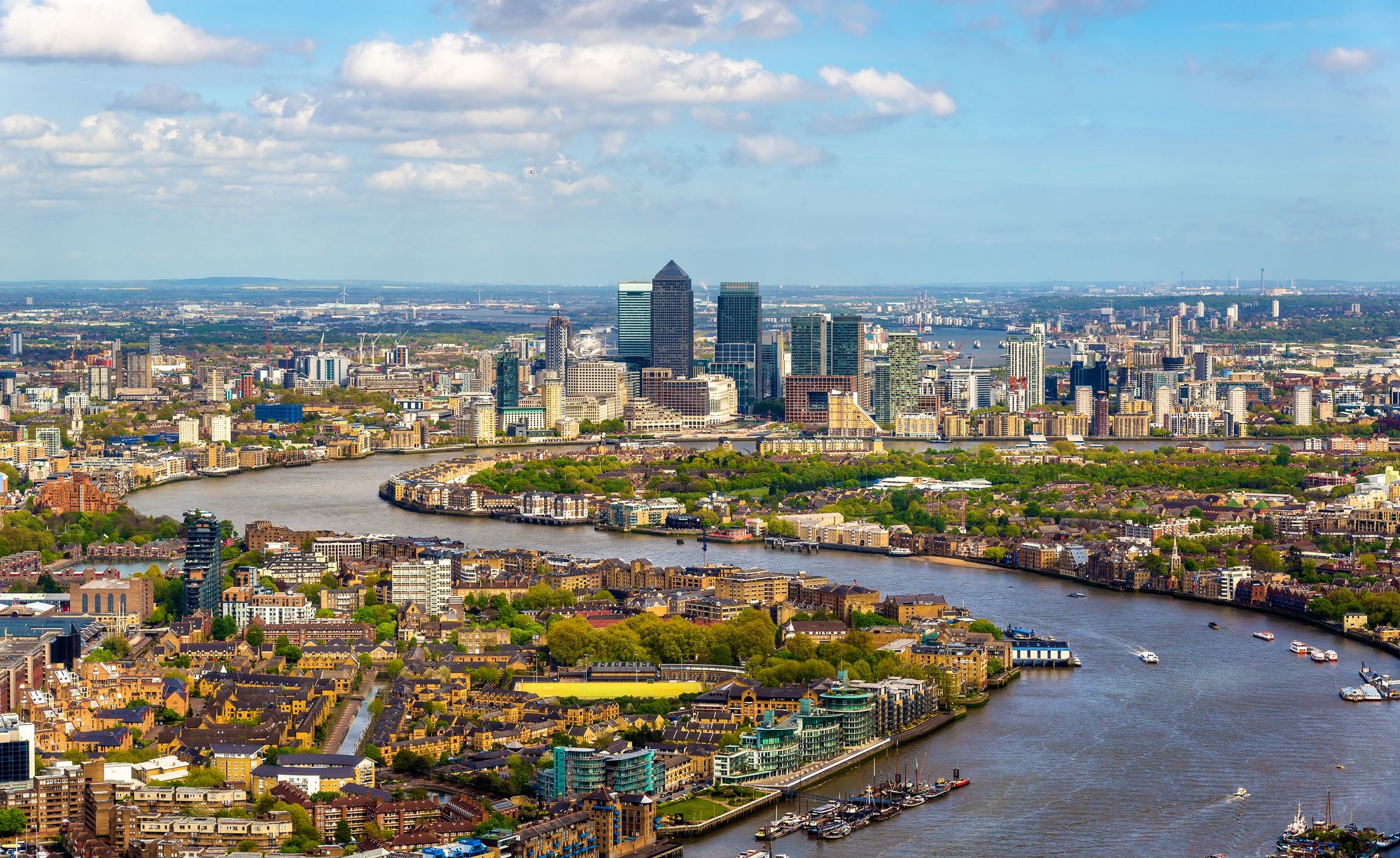
London Eye
The London Eye, a cantilevered observation wheel, is one of the city’s most popular attractions. Otherwise known as the Millennium Wheel, it is one of the world’s biggest ferris wheels and from the top, you can see the whole of the city of London as far as the eye can see. A definite must-see, and so popular that you need to book a ticket in advance to avoid disappointment.
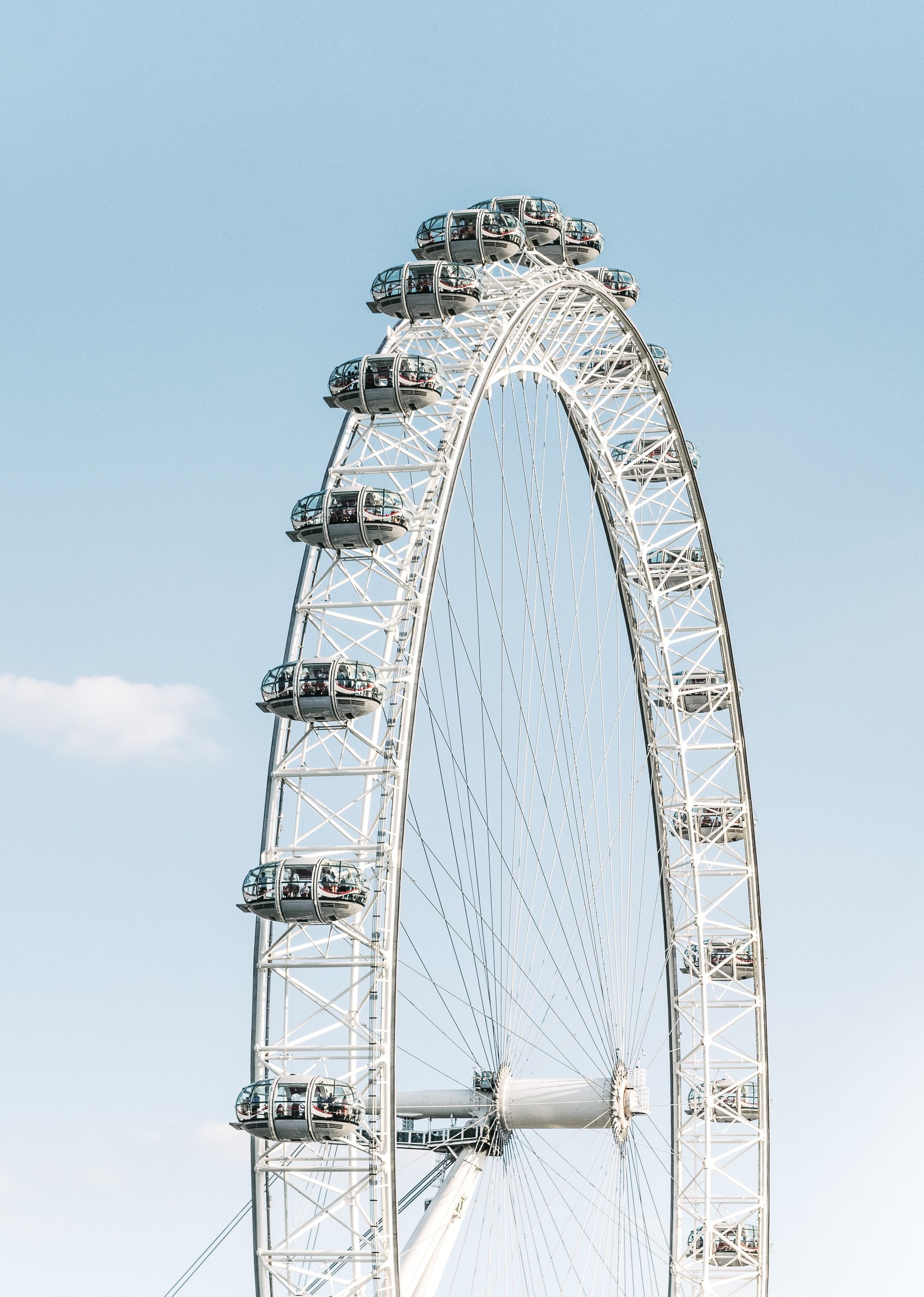
Tower of London
The Tower of London, officially known as His Majesty's Royal Palace and Fortress of the Tower of London, is a historic castle on the north bank of the River Thames. Founded in 1066 during the Norman Conquest, it features the White Tower, built by William the Conqueror in 1078. Initially a symbol of Norman oppression, the Tower has served various roles, including a grand palace and a prison from 1100 until 1952.

Houses of Parliament and Westminster Abbey
The Palace of Westminster surveys the River Thames and is home to the two houses of the British Parliament: the House of Commons and the House of Lords. Nearby Westminster Abbey has been the church where British monarchs are crowned since 1066 and 17 monarchs are buried here.

Museums
As one of the world's cultural capitals, London is home to a wealth of world-class museums and exhibitions. And best of all, most of them are free to enter, including the Natural History Museum, Science Museum, Victoria & Albert Museum, British Museum and the National Gallery, just to name a few.
- British Museum - The museum houses some of the most renowned and historic artefacts, many of which were controversially acquired from other countries during the British Empire. It showcases two million years of human history and culture, featuring Egyptian mummies, the renowned Rosetta Stone, and the marble statues of the Parthenon.

- Tate Modern - Located on the banks of the River Thames and housed in a former power station, this impressive modern art gallery houses Britain's national art collection from 1900 to the present day. Its sister gallery, Tate Britain in Pimlico, houses art from 1500 to 1900.
- Science Museum - This family-friendly museum contains many interactive exhibits as well as iconic modes of transportation such as aeroplanes, cars and spaceships. The 3D cinema and children's shows are fun for the whole family.
- Natural History Museum - This fascinating museum is dedicated to nature and is famous for its collection of dinosaur skeletons, which includes the famous replica of a Diplodocus skeleton as well as other specimens such as the giant blue whale.
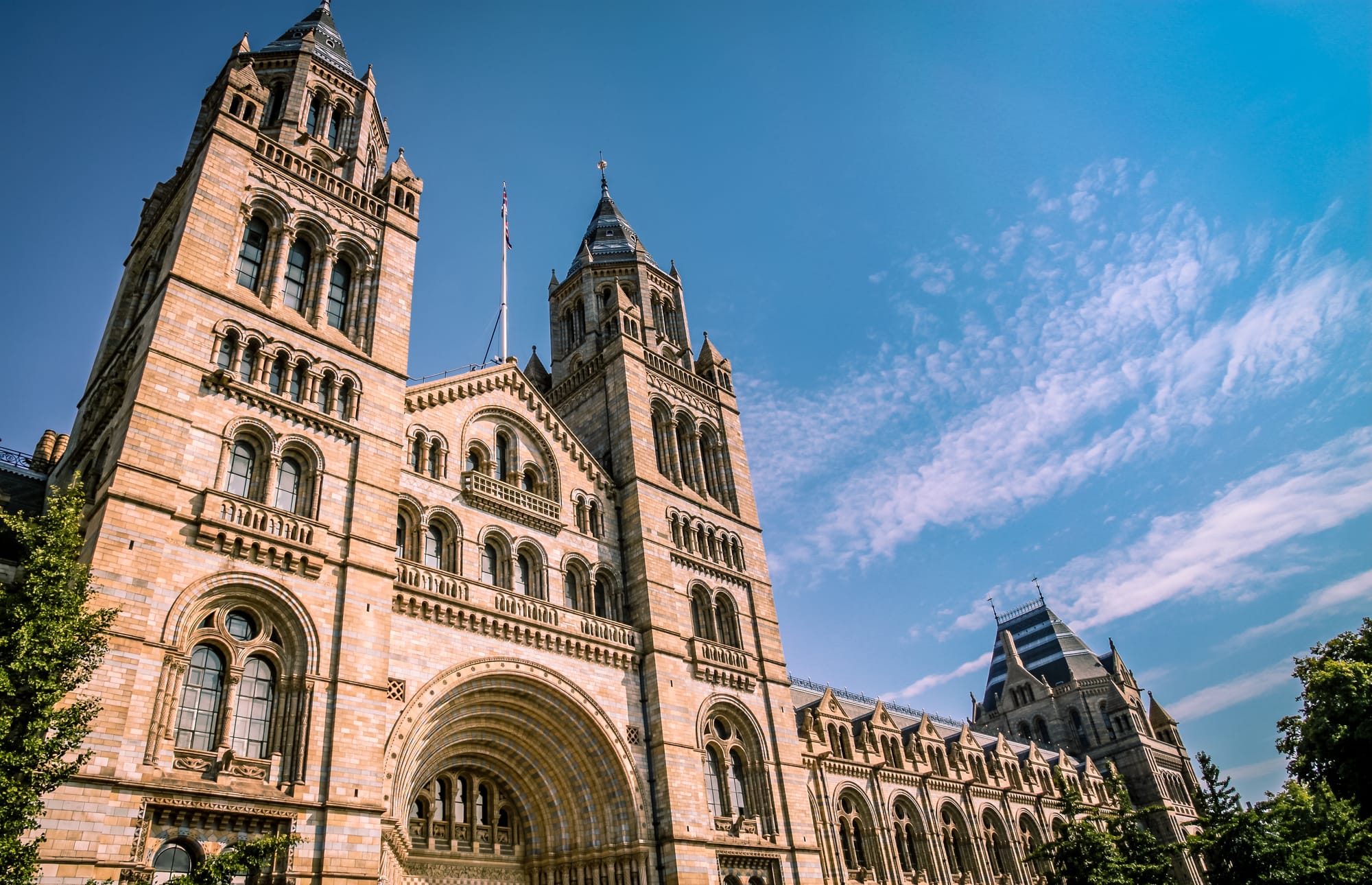
- Museum of London - It showcases the city's rich history from prehistoric times to the present day. Located near the Barbican, it features interactive exhibitions, artefacts and displays exploring London's past, including Roman London, the Great Fire and the city's development into a modern metropolis.
Harry Potter Platform 9 ¾ at King’s Cross Station
Harry Potter fans are invited to have their photo taken on the famous platform and purchase a souvenir from the Harry Potter shop.
Regent's Park
Regent's Park is a sprawling and scenic park renowned for its beautiful landscapes and diverse attractions. Covering 395 acres, it features meticulously landscaped gardens, expansive lawns, and tranquil lakes. The park is home to the Queen Mary's Gardens, which boasts over 12,000 roses, and the picturesque Regent's Canal, offering charming trails and waterways for leisurely walks and boat tours. Visitors can enjoy various recreational activities, including sports facilities, open-air theatre performances, and a large children's playground. The park also houses the renowned London Zoo, which provides educational and conservation experiences.
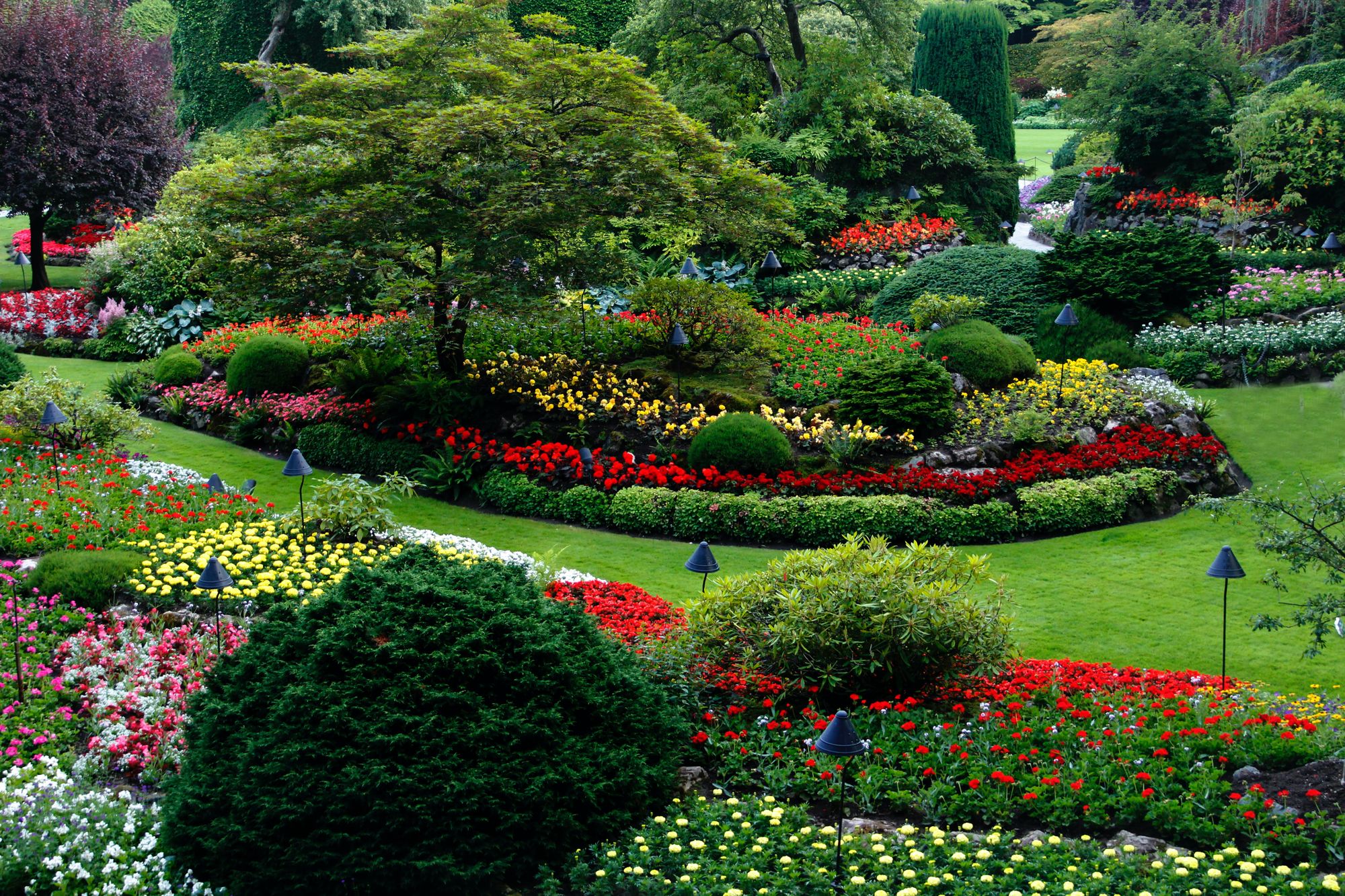
Top activities in London
- Walking tour
- Hop-on Hop-off bus tour
- Theatre show in West End
- Parks
- Afternoon Tea
Walking tour
There’s an abundance of walking tours you can take across London. Depending on your interests, you can take anything from a food tour around the various markets, including Borough Market, to a Jack the Ripper tour of East London, or maybe a Harry Potter walking tour if you’re a fan of the books/movies!
Hop-on Hop-off bus tour
If you’d rather not walk, a hop-on hop-off bus tour of London is a great alternative to see the sights and highlights of this city. The buses are double-deckered and open-topped. They also come equipped with headphones in many languages and a tour guide pointing out various landmarks and giving a detailed history of each attraction.
Theatre show in West End
London’s theatre scene is one of the world’s best and most diverse, with long-running musicals, classic comedy shows and innovative plays to enjoy. Don't miss must-see West End shows or head to more offbeat venues for unique and unusual shows.
Parks
For such a huge metropolis, London has its fair share of large green spaces. And if you’re looking to just take it easy or fancy a long stroll, there’s plenty of places to choose from, such as Hyde Park, Hampstead Heath, Richmond Park (where you can even see deer in the wild!), Greenwich Park, and Regent’s Park, which is a short walk from the London Central Mosque. In summer, you can have a picnic in one of London's many parks or green spaces. Most supermarkets have a halal food section, which will make preparing your picnic easy.
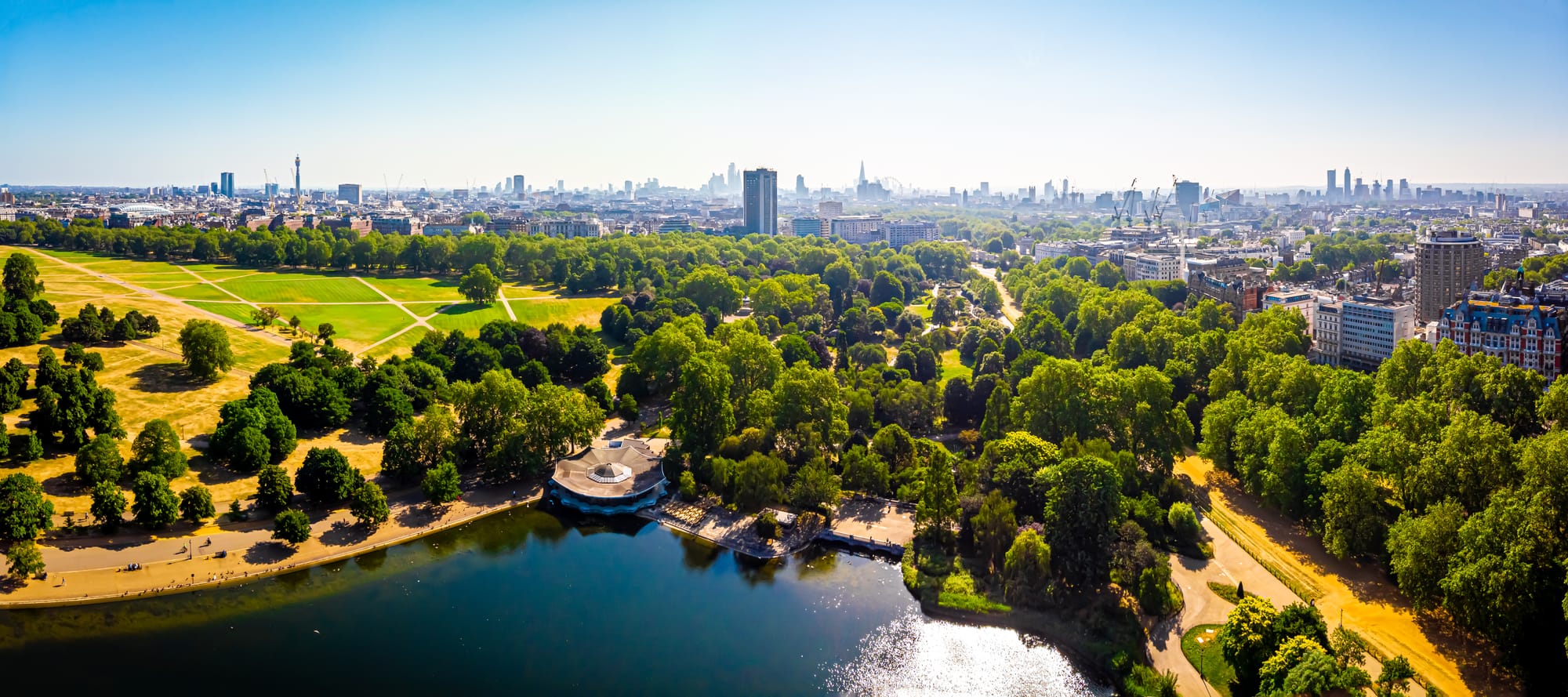
Afternoon Tea
The Brits are known for their love of tea, and London is the ideal place to experience it. In the UK, tea is more than just a drink—it's also a meal. "Afternoon tea" is typically served between lunch and dinner, featuring a selection of sandwiches, cakes, and scones, all accompanied by your choice of tea. Many of London’s top hotels and restaurants offer halal afternoon tea options with 24 to 48 hours' notice, making it a perfect way to unwind after a day of shopping or sightseeing.
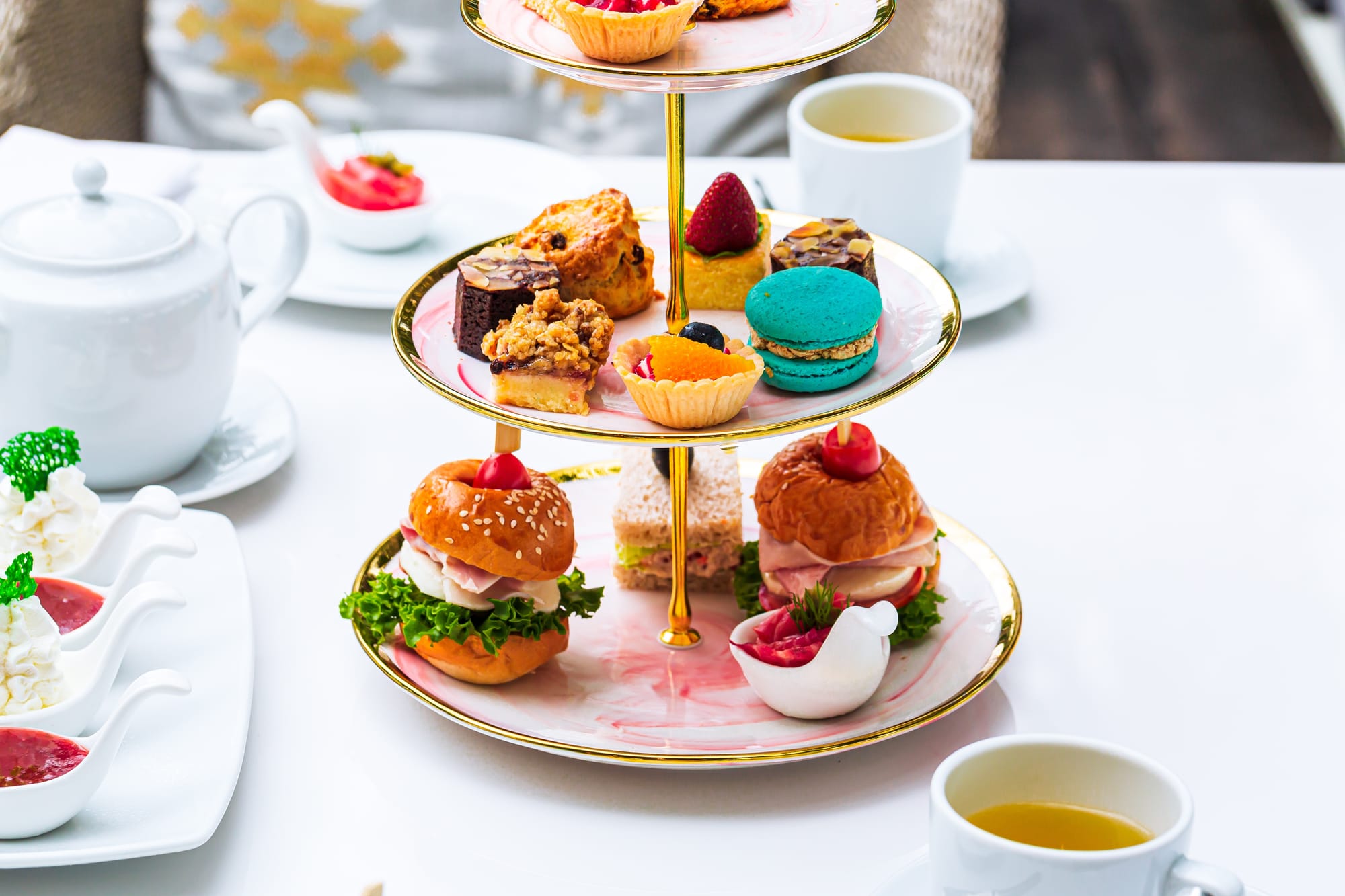
Mosques in London
London Central Mosque
Also known as the Regent’s Park Mosque, it was opened in 1978, and is a prominent London landmark with its splendid golden dome. The adjacent Islamic Cultural Centre was opened in 1944 on land donated to Britain’s Muslim community by King George VI, in return for land donated in Cairo by King Farouk of Egypt, to build an Anglican Cathedral.
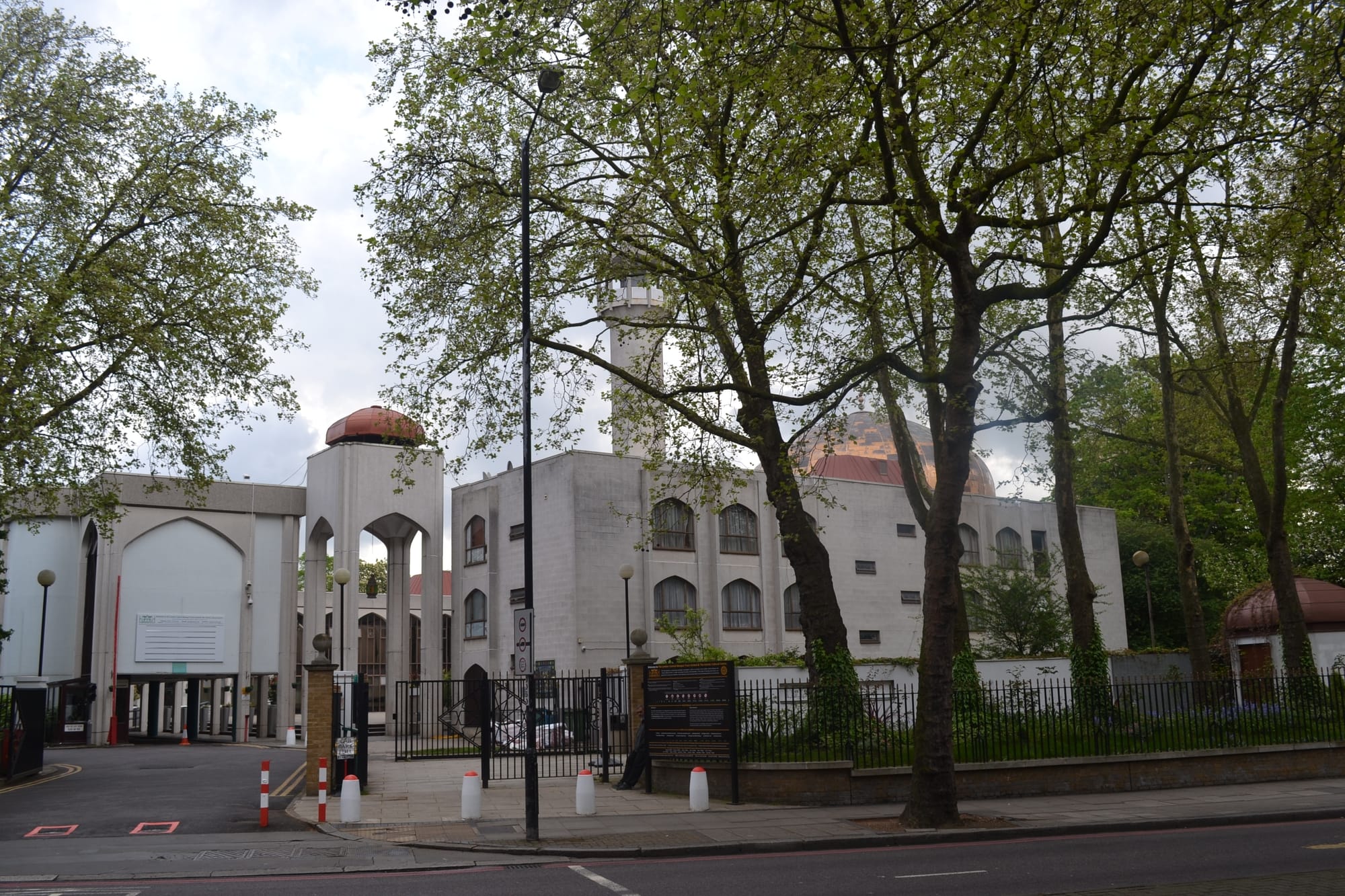
East London Mosque
In 1910, some notable Muslim figures established a fund to build a mosque in London. It opened in its first premises - three converted houses - in 1941 and the current purpose-built mosque opened in 1985. It has since been expanded to include the London Muslim Centre (opened in 2004) and the Maryam Centre (opened in 2004), mostly dedicated to facilities for women. It was one of the first in the UK to be allowed to use loudspeakers to broadcast the adhan.
West London Islamic Centre & Jamia Mosque
The West London Islamic Centre & Jamia Mosque in Ealing is a modern mosque with state-of-the-art facilities, including prayer halls, a library, and educational spaces.
Shah Jahan Mosque
Also known as the Woking Mosque, it is situated in Surrey, on the edge of Greater London, and has the distinction of being the first purpose-built mosque in England, and indeed in Northern Europe. It was built in 1889 and is now a historical Grade 2 listed building. The original elegant building only holds 60 worshippers and although it is still in use for daily prayers, it is supplemented by a number of halls holding up to 1000 men and 600 women.
Halal food and restaurants in London
With London's Muslim population growing, there are plenty of halal restaurants to choose from, no matter what cuisine you prefer. In recent years, there has been a boom in the number of halal restaurants opening, and almost a fast food scene has sprung up, not just in the capital, but across the UK. No matter what part of London you're staying in, you're almost guaranteed to find a halal restaurant within a stone's throw of where you're staying on your trip.
If you like curry, you'll love Brick Lane. Located in London's East End, this is the place to go for all your Indian food cravings as there are so many award-winning restaurants and curry houses to choose from.
Some of the best Turkish food and restaurants outside of Turkey can be found on Green Lanes in north London. Diyarbakir restaurant serves authentic Middle Eastern dishes, classic Turkish mezze and kebabs, all of which are halal.
If you prefer fine dining, head to Dishoom where you'll find some of the best Indian food in the city. Mahdi is a superb Iranian restaurant in Hammersmith that serves some of the finest meat and rice dishes. For a Michelin-starred dining experience, head to Benares London which serves halal chicken and lamb.
If you're in London around September, head to the Queen Elizabeth Olympic Park for the London Halal Food Festival. Over a weekend, you can sample international halal dishes from over 100 food stalls for a truly global dining experience.
Where to shop in London
London is considered one of the best places in the world for shopping, whether you want to buy designer brands or department store clothes on the high street or hunt for bargains at the local markets.
The most popular department store in the world is undoubtedly Harrods in Knightsbridge, which is more of a tourist attraction than a department store. Nearby is Harvey Nichols, which is more of a boutique in size.
Oxford Street is also a must for shopping, as it is Europe's busiest shopping street with around half a million visitors every day. On nearby Regent Street, visit Hamleys, the oldest toy store in the world.
If you prefer shopping malls, head to Westfield London in Shepherd’s Bush or Westfield Stratford City in London’s Olympic Park – two of the UK’s largest shopping malls, both of which have multi-faith prayer rooms.
For street markets, visit Portobello Road in Notting Hill, where you can find just about anything! You can find many halal food options at the Borough Market, which is very popular especially on weekends with locals and tourists alike.
If you like bargain hunting, head out of London and head to the nearby luxury outlet Bicester Village. Take the train from Marylebone station or travel by bus.
How to get around in London
The Tube is the most efficient way to get around London, offering quick, reliable transport across the city. Use a prepaid Oyster card for easy access on the tube, buses, and trains. Buses are a great alternative, especially the iconic red double-deckers, perfect for sightseeing. Walking is ideal for discovering the city’s hidden gems, as London is pedestrian-friendly and many attractions are close together. River Ferries offer scenic routes along the Thames with key stops. Taxis and minicabs (including Uber) are available but can be expensive, especially in traffic. Cycling is easy with Santander Cycles (London's self-service bike-sharing scheme), and e-scooters offer a quick, legal alternative in select areas. Driving is less practical due to congestion charges and high costs.
Where to stay in London
Halalbooking.com features a range of city hotels in London with halal-friendly features such as halal food on site, fully-secluded wellness & spa facilities and alcohol-free rooms, many of which offer exclusive HB Loyalty Club Discounts.
Suggested 3-day itinerary for visiting London
Day 1 - Start your London visitor tour in Westminster where you'll see the Houses of Parliament and Big Ben. From there, walk through St. James's Park to the world-famous Buckingham Palace, where some members of the Royal Family reside. After a short walk of about 10 minutes, you'll reach Trafalgar Square, one of the most popular squares in London. Another short walk west will take you to Piccadilly Circus with its famous neon signs and advertisements. About a couple of minutes east from there is Leicester Square, where you can watch street performances and have lunch or a quick pit stop. After a short break, head on to Covent Garden where you can experience street performers, art and a bit of shopping. If you have a little more time and energy, head back to Westminster Bridge and walk along the South Bank to climb aboard the London Eye for unparalleled views of the city.
Day 2 - Be an early riser and visit the Tower of London before queues get extremely long. Then, take a stroll along Tower Bridge to Sky Garden for light refreshments and 360 views of London from the 35th to 37th floors. Next, cross the Millennium Bridge and right in front of you is the Tate Modern. After you've worked up an appetite, stroll along the South Bank to Borough Market where you can grab some food from one of the many stalls. Nearby is The Shard, an imposing skyscraper that houses several restaurants, a hotel, offices, shops and a viewing gallery. To finish off the day, head to West End to catch one of the many theatre productions and plays.
Day 3 - Head to the Kensington area and visit the Natural History Museum. If you have a little more time, you can visit the Science Museum next door. If you fancy a stroll in the green, head to the 280-acre Kensington Gardens. For a little shopping, Harrods is a must. If you don't fancy big crowds or it's a bit too expensive, you can pick up some clothes or grab some lunch on High Street Kensington. Then take a bus to Notting Hill Gate and visit Portobello Road with its street stalls and markets. Finally, if you want to stretch your legs, stroll through Hyde Park, which is popular with walkers, cyclists and rollerbladers alike.
